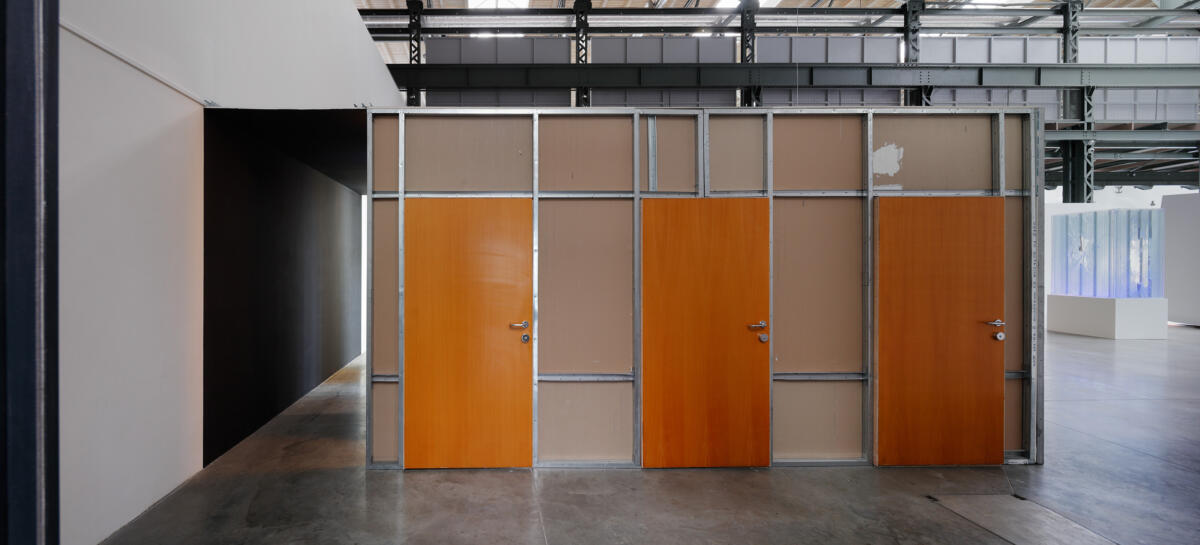![[EN/CZ] ‘Blink of an Eye’ by David Možný at Fait Gallery](https://blokmagazine.com/wp-content/uploads/2021/07/10-1200x500.jpeg)
[EN]
Obstinately precise technical rendering accentuating detail. Emphasis on direct, sensory experience and an almost physical effect on the viewer. Continuously developed expressive handwriting inspired by personal fascination rather than by an interest in the latest trends and tendencies in contemporary art. Spectacularly shared doubts over the distinction of the borders between reality and illusion, between machine algorithms of a virtual environment and a fluid realiy which surrounds us outside the reach of the monitors and displays of our smart devices. These are the main attributes in the work of David Možný (*1963), an artist who has earned recognition thanks to his digitally animated videos and video installations.
In the artist’s series for the Fait Gallery, the core of his oeuvre shifts closer to the classic approach to a work of art, whereas in the selection of topics Možný remains consistent. An almost ubiquitous film narrative gradually becomes a mere predictor and a fragment inviting the viewer’s active participation. As if it now were the viewer that is the hero of the film and the only one able to untangle all its metaphysical, latently criminal plots. However, like, for example, in David Lynch’s films, their solving is far from unambiguous and involves an emotional level intertwined with the feelings of oppression, emptiness and pointlessness. Through his well-considered and carefully elaborated interventions into the perceived reality or its modified visualization, Možný leads the viewer out of illusory certainties and balance and reveals the disquieting fragility of our ingrained conceptions of the world which, however, defies stability. The props here do not serve as a backdrop for a plot but become the main carrier of information, the content of which oscillates between an intimate representation of a mental and emotional state and a visionary report about the state of our civilization and the world in which we live.
The moment of disquieting disjoining is encountered at the very entrance to the exhibition, as the imaginary base of what is before our eyes is not found on the floor on which we stand: the space before us splits into two alternative worlds. Somewhere in a gap between them there arises a question of the cohesion of the props in which our lives are staged, the paradoxical nature of which we have come to denote reality. Možný’s fiction thus takes us via a detour back to the problems of reality, or more precisely, to the question “where does reality take place?”. The mentioned tendencies culminate in the installation LIMBO, whose title refers to the purgatory or in a broader sense, to a state of the separation from the conventional structures of the world. Our bipolar inclinations and thought schemas collapse here before our eyes, as does the flimsy spectrum of our rational thinking.
Nonetheless, the method which Možný often employs in his works and which could be compared to the construction of theatre props is seen elsewhere at the exhibition, completely reversed. A random viewer might overlook that instead of something posing as an ordinary cardboard box (provided with the mysterious and again somewhat disquieting inscription FEAR GOD) they are in fact looking at a polychrome bronze sculpture – an exact copy of a package in which the artist, when providing material, received one of his orders from China. While props are usually mere substitutes, imitations of more noble materials and more sophisticated work procedures, here we witness the factual opposite. Our perception and reality thus clash again.
One might get the impression that the imaginary content intersection of all the pieces on show is thus a poignant conflict relationship between two (or more) parallel levels, yet we find among them one that also offers a kind of catharsis. LOVE – the last word in the diary of the writer W. S. Burroughs – is transferred here into three dimensions and accentuated with the state of permanent burning. The bluish flame seems to indicate that in a sense sharing exceeds the categories of life and death on the interface of which Burroughs’s diary entry was created. Love as the only thing able to reconcile permanent and omnipresent conflict. Neither wisdom nor experience, no holy grail, no satori, no solution… And if love doesn’t last forever? Well, then we are left to make do with anything between eternity and the blink of an eye.
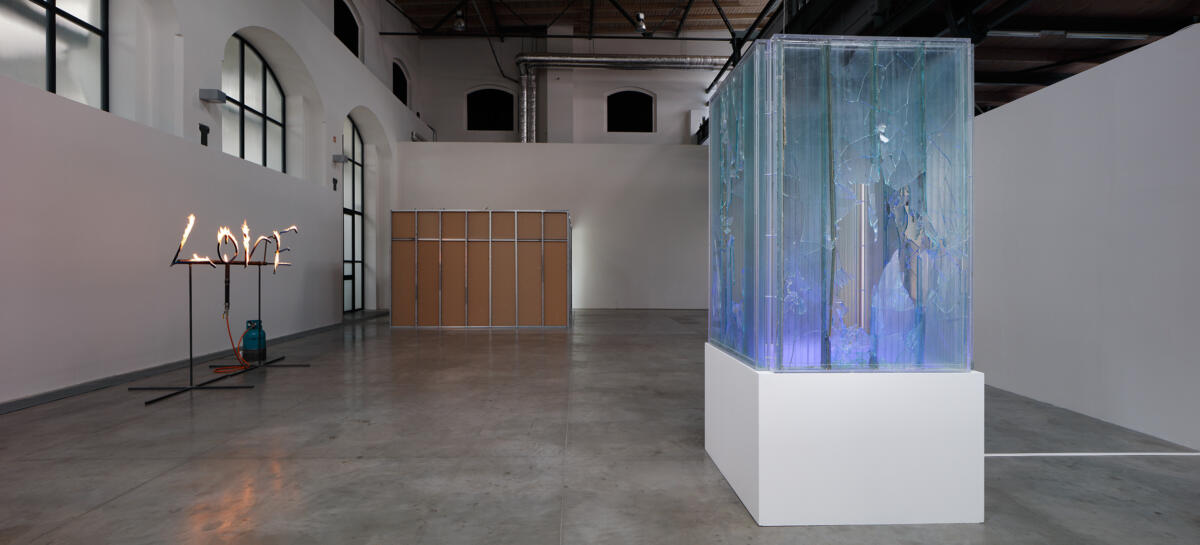
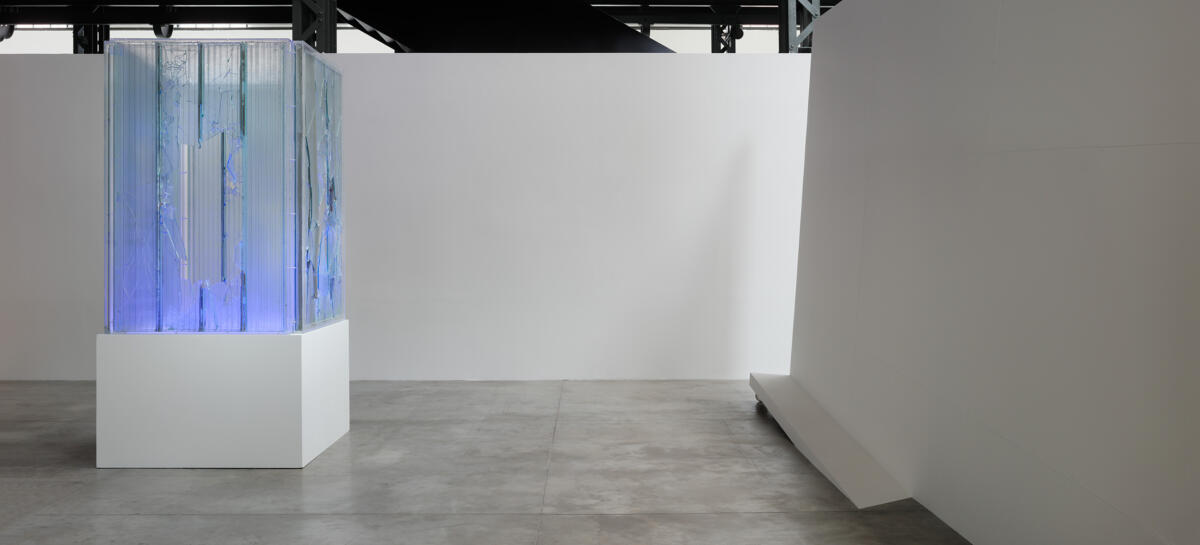
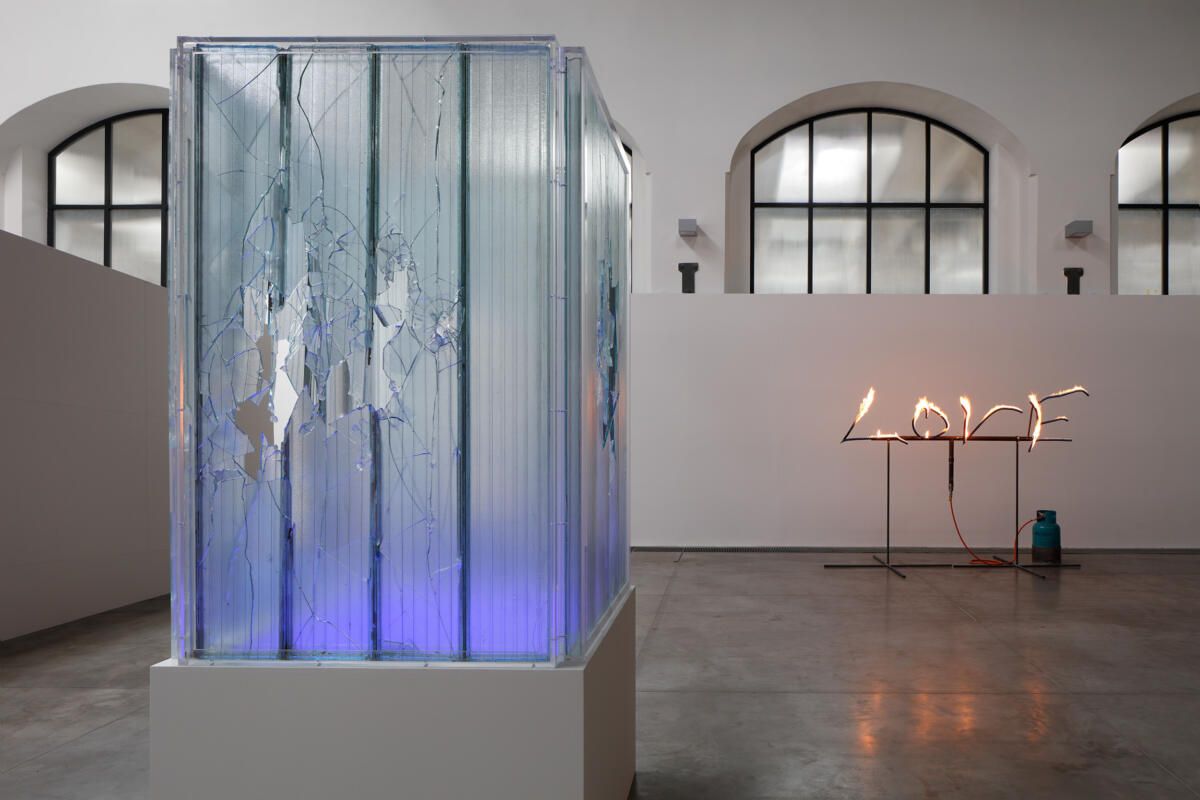

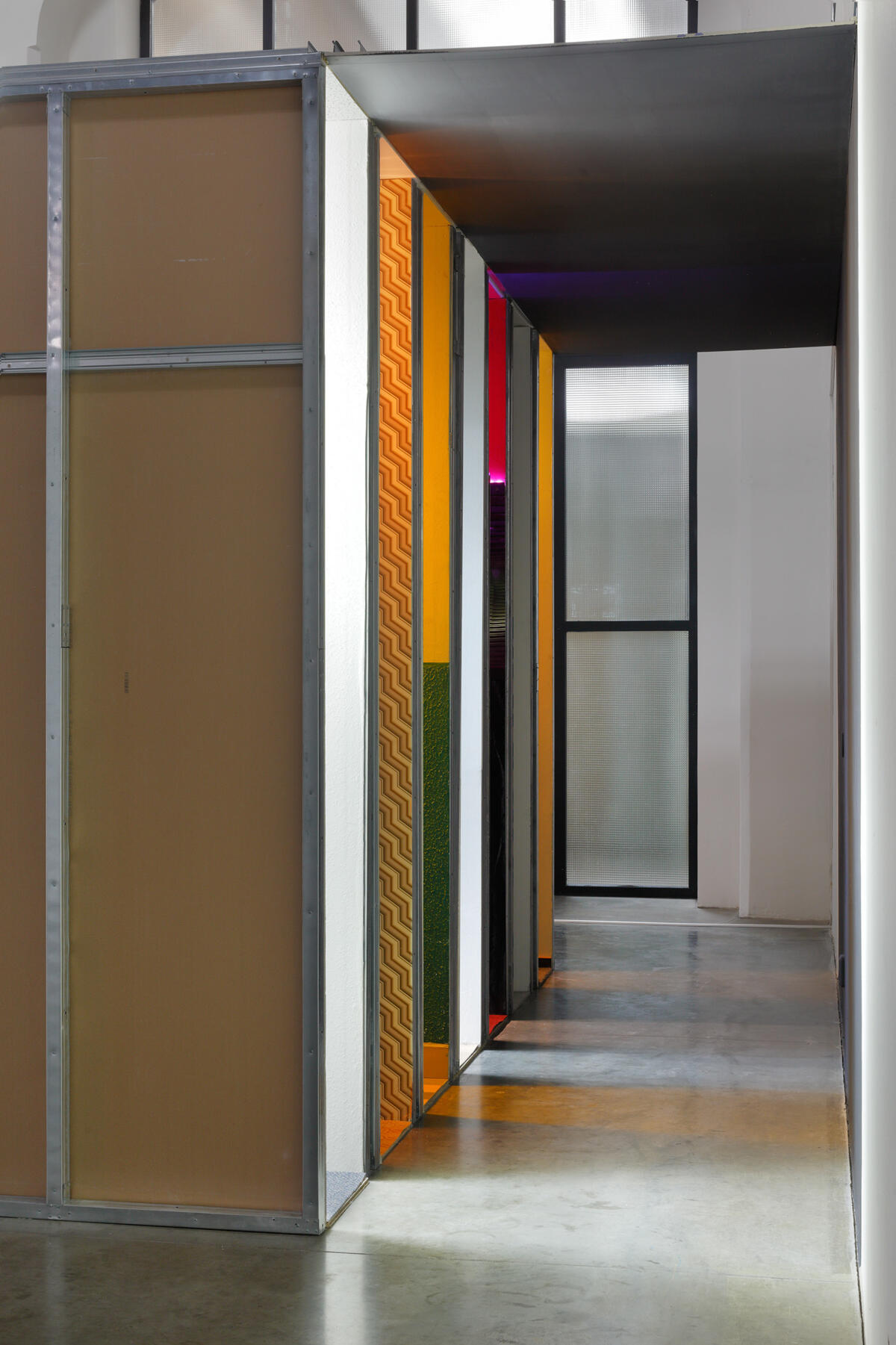
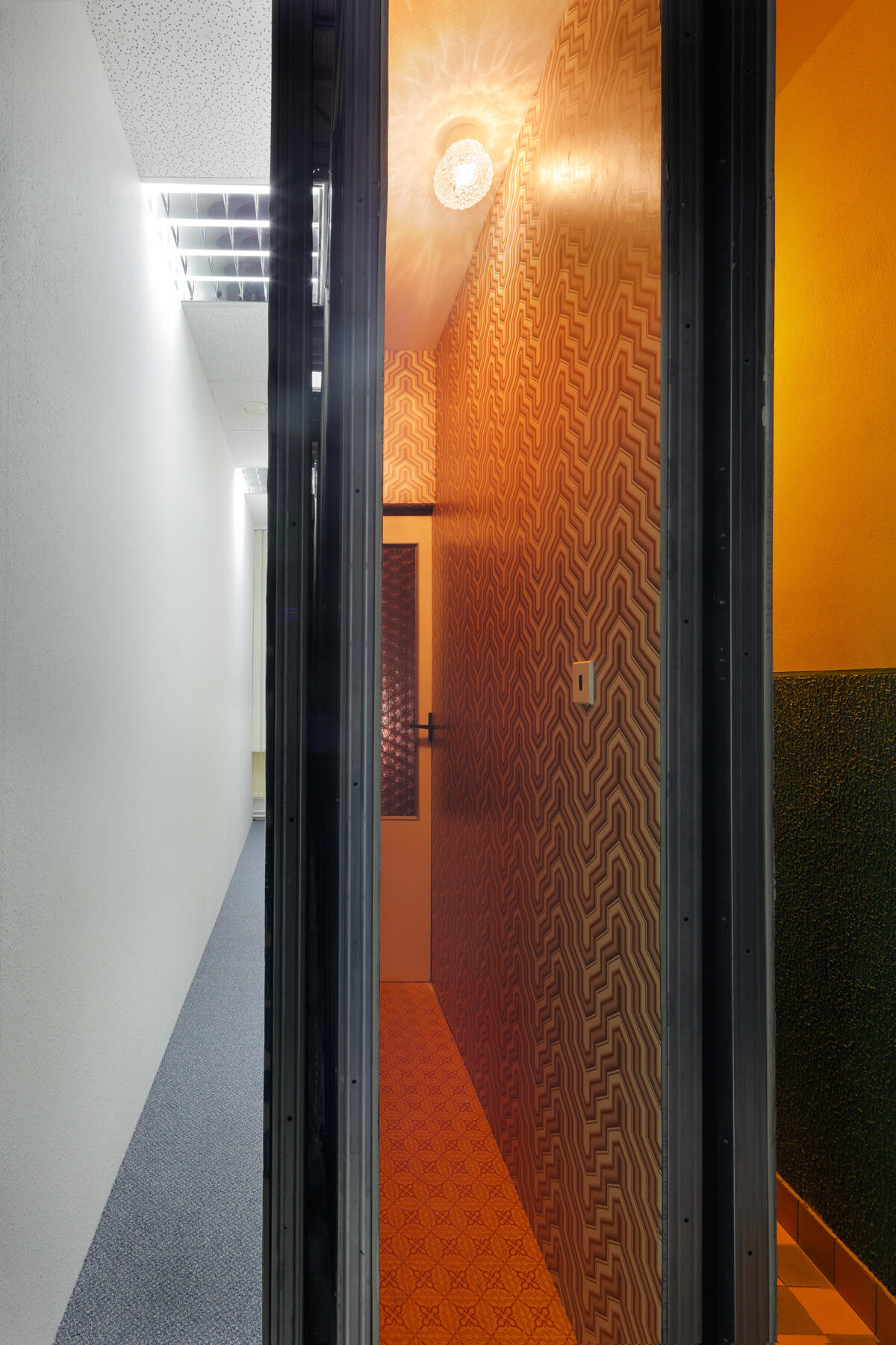
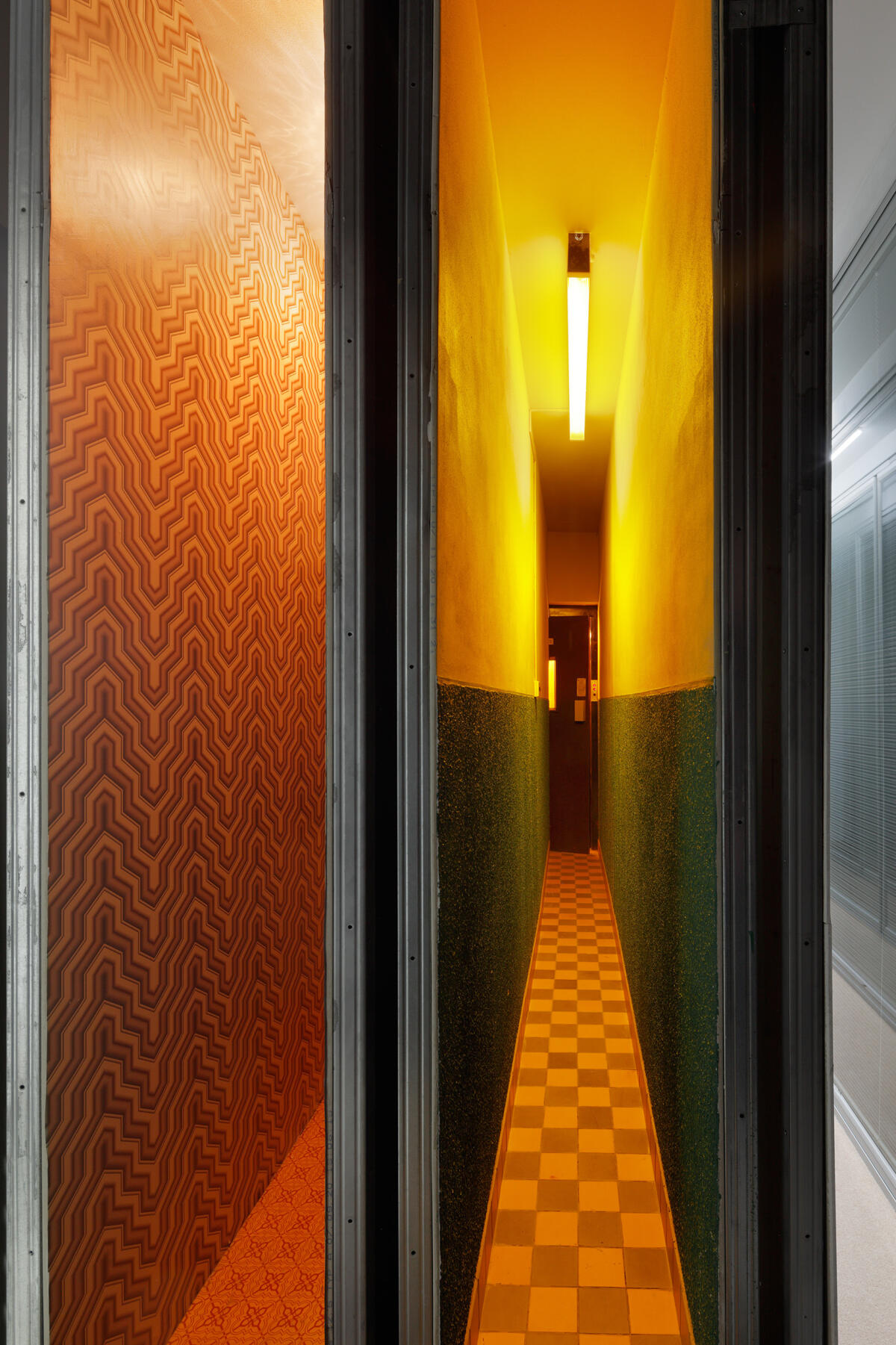



[CZ]
Umanutě precizní zpracování s akcentem na detail. Důraz na přímou, smyslovou zkušenost a až fyzické působení na diváka. Kontinuálně rozvíjený sugestivní rukopis, inspirovaný spíše osobní fascinací než zájmem o aktuální trendy současného umění. Spektakulárním způsobem sdílené pochybnosti o zřetelnosti hranic mezi skutečností a iluzí, mezi strojovými algoritmy virtuálního prostředí a fluidní realitou, kterou jsme obklopeni mimo dosah monitorů a displejů svých chytrých zařízení. To jsou stěžejní atributy tvorby Davida Možného (*1963), umělce, který se etabloval především jako autor digitálně animovaných videí a videoinstalací.
V souboru prací pro Fait Gallery se pak těžiště jeho tvorby přesouvá blíže ke klasickému pojetí uměleckého díla, přičemž v oblasti volby námětů zůstává Možný konzistentní. Téměř všudypřítomný filmový narativ se postupně stává pouhou indicií a fragmentem vyzývajícím k divákově aktivní participaci. Jako by to byl nyní právě divák, kdo se stává hlavním hrdinou filmového díla a jediným, kdo může rozplést všechny jeho metafyzické, latentně kriminální zápletky. Podobně jako např. ve filmech D. Lynche však jejich řešení nebude až tak jednoznačné a zahrnuje i emocionální rovinu protkanou pocitem tísně, prázdnoty a bezúčelnosti. Skrze své promyšlené a pečlivě zpracované zásahy do vnímané reality či její modifikované vizualizace vyvádí Možný diváka z iluzorních jistot a rovnováhy a odhaluje zneklidňující křehkost našich ustálených koncepcí o světě, který se stálosti vzpírá. Kulisy zde neslouží jako pozadí pro zápletku, ale stávají se hlavním nosičem informace, jejíž obsah osciluje mezi důvěrným zpodobněním mentálního a emocionálního rozpoložení a vizionářskou výpovědí o stavu naší civilizace a světa, ve kterém žijeme.
S momentem znepokojivého rozpolcení se setkáváme už v samotném vstupu do výstavy. Pomyslná báze toho, co máme před očima, se totiž nachází jinde než podlaha, na níž stojíme, a prostor před námi se tak rozbíhá do dvou alternativních světů. Kdesi v mezeře mezi nimi se pak vznáší otázka po soudržnosti kulis, ve kterých se odehrávají naše životy, – paradoxní povaze toho, co jsme si navykli označovat pojmem realita. Možného fikce nás tedy oklikou zavádí zpět k problémům skutečného, přesněji řečeno k otázce „kde se realita vůbec odehrává“. Zmíněné tendence pak kulminují v instalaci LIMBO, jejíž název odkazuje k předpeklí či v širším smyslu k jakémusi stavu vydělení z konvenčních struktur světa. Před očima se nám zde hroutí i naše bipolární sklony a myšlenková schémata, chatrné spektrum našeho racionálního uvažování.
Metodu, kterou Možný ve svých realizacích často využívá a jež by se snad dala přirovnat ke konstruování divadelních kulis, vidíme však hned na jiném místě výstavy obrácenou zcela naruby. Běžnému divákovi může uniknout, že namísto něčeho, co se vydává za obyčejnou kartonovou krabici (opatřenou záhadným a opět poněkud zneklidňujícím vzkazem FEAR GOD), se ve skutečnosti dívá na polychromovanou bronzovou plastiku – doslovnou kopii obalu, v němž umělec v rámci zajišťování materiálu obdržel jednu ze svých objednávek z Číny. Zatímco obvykle bývají kulisy pouhou náhražkou, simulací ušlechtilejších materiálů a náročnějších pracovních postupů, zde jsme svědky faktického opaku. Naše zdání a realita se tedy opět dostávají do jakéhosi střetu.
Mohli bychom nabýt dojmu, že pomyslným obsahovým průsečíkem všech vystavených děl je tedy jakýsi umocněný konfliktní vztah dvou (a více) paralelních rovin, najdeme mezi nimi ale jedno, které nabízí i jistou katarzi. LOVE – slovo, kterým končí poslední deníkový záznam spisovatele W. S. Burroughse – zde převedené do tří dimenzí a akcentované stavem permanentního hoření. Namodralý plamen jako kdyby naznačoval, že sdělení v jistém smyslu překonává kategorie života a smrti, na jejichž rozhraní Burroughsův zápis vznikl. Láska jako jediná věc schopná usmířit věčný a všudypřítomný konflikt. Ani moudrost, ani zkušenost. Žádný svatý grál, žádné satori, žádné řešení… Že ani láska netrvá věčně? Pak nám nezbývá než vzít za vděk čímkoli mezi věčností a mrknutím oka.
Imprint
| Artist | David Možný |
| Exhibition | Blink of an Eye |
| Place / venue | Fait Gallery MEM, Brno, Czechia |
| Dates | 12 May – 14 August 2021 |
| Curated by | Pavel Švec |
| Website | www.faitgallery.com |
| Index | David Možný Fait Gallery Fait Gallery MEM Pavel Švec |





